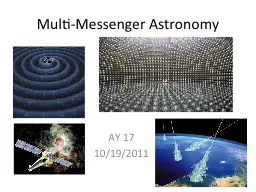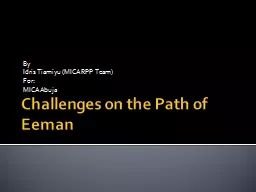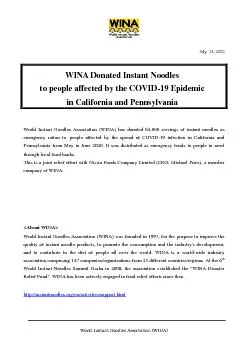PPT-Microsoft Instant Messenger Communication Network
Author : trish-goza | Published Date : 2017-09-27
How does the world communicate Jure Leskovec jurecscmuedu Machine Learning Department httpwwwcscmuedu jure Joint work with Eric Horvitz Microsoft Research Networks
Presentation Embed Code
Download Presentation
Download Presentation The PPT/PDF document "Microsoft Instant Messenger Communicatio..." is the property of its rightful owner. Permission is granted to download and print the materials on this website for personal, non-commercial use only, and to display it on your personal computer provided you do not modify the materials and that you retain all copyright notices contained in the materials. By downloading content from our website, you accept the terms of this agreement.
Microsoft Instant Messenger Communication Network: Transcript
Download Rules Of Document
"Microsoft Instant Messenger Communication Network"The content belongs to its owner. You may download and print it for personal use, without modification, and keep all copyright notices. By downloading, you agree to these terms.
Related Documents














